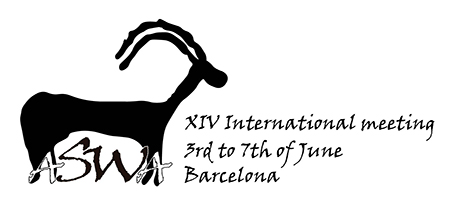Fishing strategies and adaptation to maritime environments during the Neolithic on Marawah Island, United Arab Emirates.
Kevin Lidour & Mark Jonathan Beech
Recent excavations conducted on Marawah Island (Abu Dhabi Emirate, UAE) have revealed a unique stone-built architectural complex (site MR11) which has been radiocarbon dated to between the early 6th millennium to mid-5th millennium BC. A preliminary study of the faunal assemblage has outlined an economy principally focused toward the exploitation of marine life, including the food consumption of seashells, fish, marine turtles and marine mammals such as dugongs and dolphins. The recent discovery of stone sinkers confirms the use of fishing nets by the ancient inhabitants of the site. The assemblage consists mostly of small coastal fish such as grunts (Haemulidae), seabreams (Sparidae), emperors (Lethrinidae), silversides (Atherinidae), anchovies (Engraulidae), as well as small sharks. These are all commonly associated with shallow seagrass bed environments which are suitable for the use of non-selective fishing techniques and small-mesh devices like barrier traps and beach seines. This paper discusses the fishing strategies and techniques during the Neolithic within the Arabian Gulf, both from an archaeo-ichthyological perspective, as well as the study of fishing equipment from sites located between Kuwait and the United Arab Emirates.
- Poster

 PDF version
PDF version

